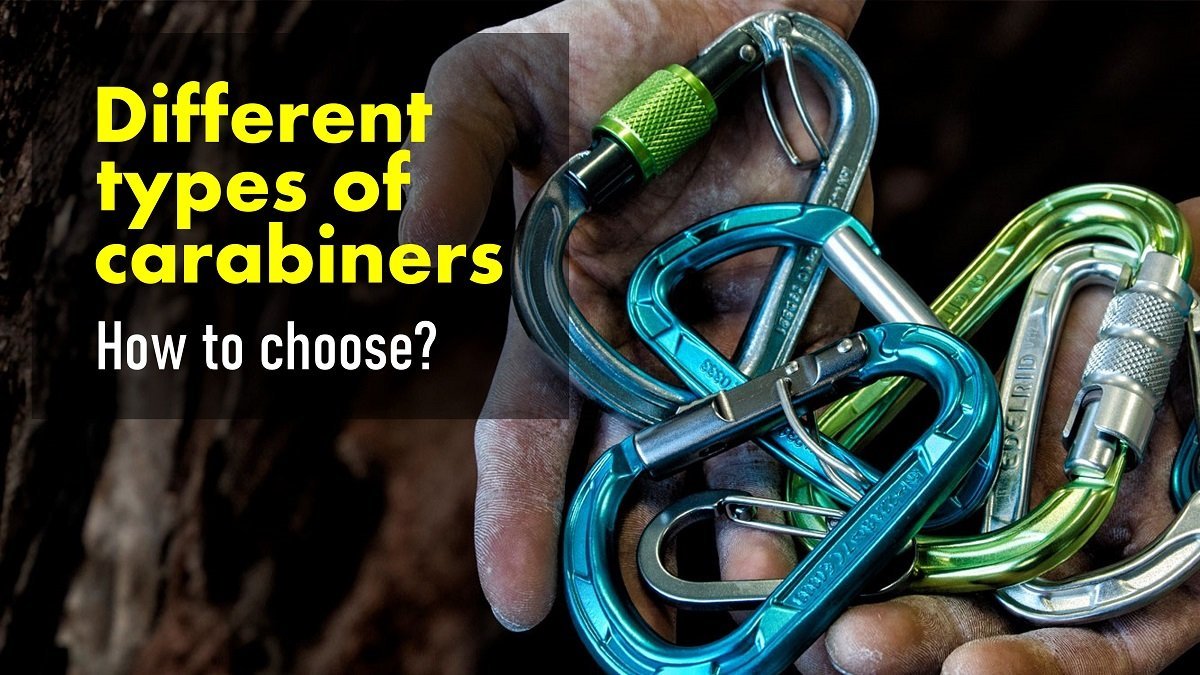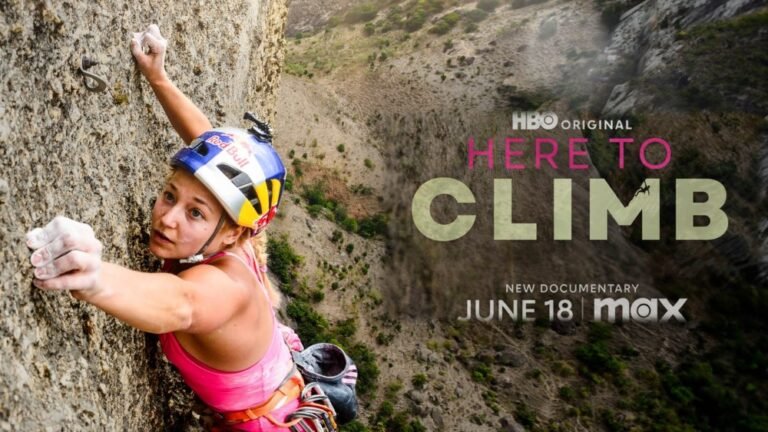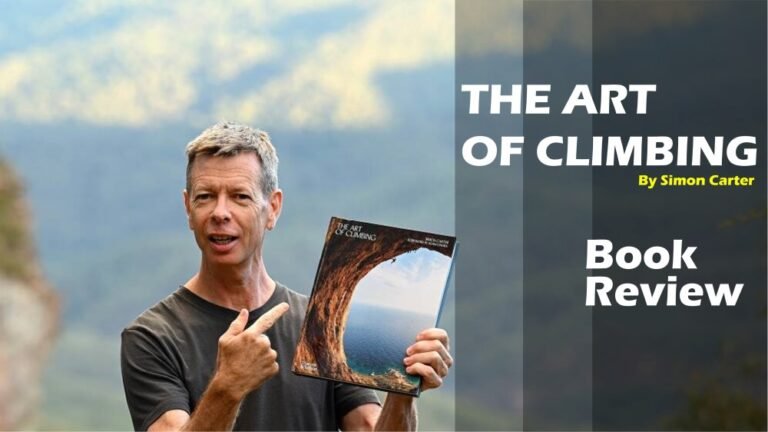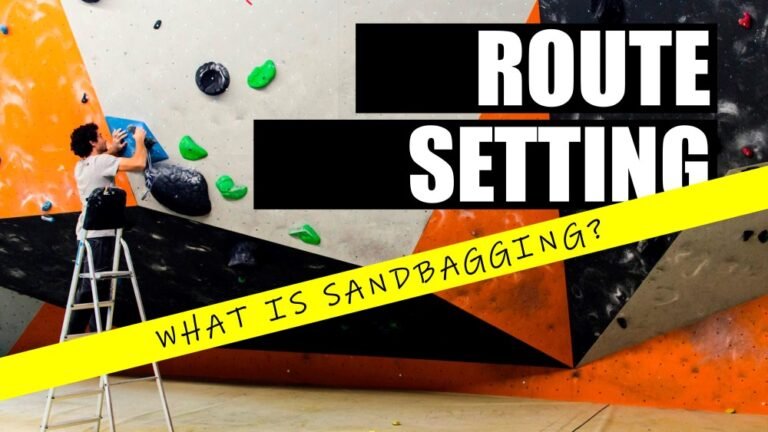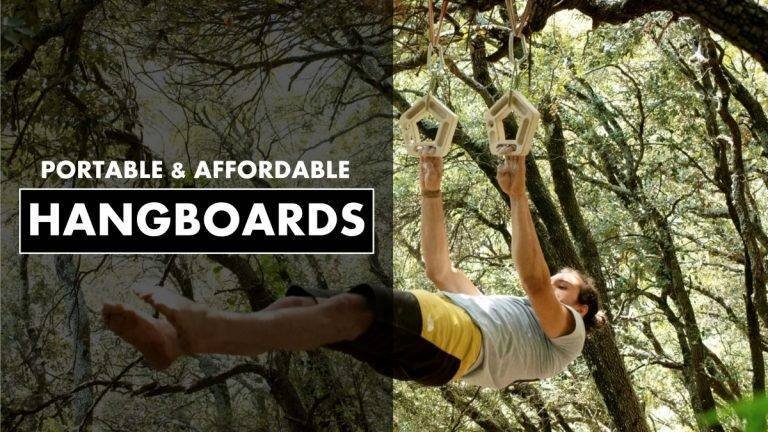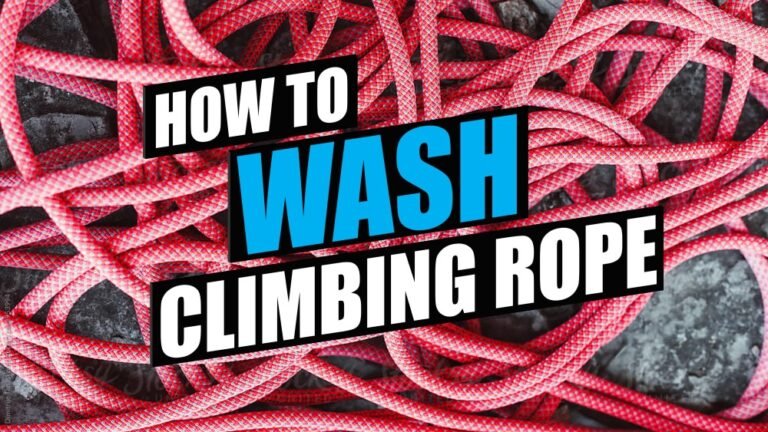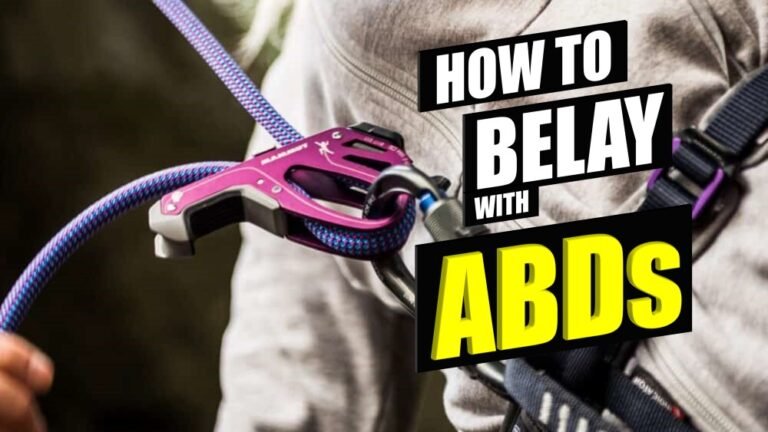Different types of carabiners
There are different types of carabiners. Big, small, D shape, pear shape, oval shape, solid gate, wire gate, screw gate… confused? You should be. To many freshly minted climbers, a carabiner is a carabiner. But if you think taking up rock climbing as a hobby can help you destress oh my friend you are so wrong. Choosing a fit-for-purpose carabiner requires a fair amount of knowledge especially if you have the intention to climb outdoors. In this article, we will equip you with everything you need to know about the functions of different carabiner designs.
The anatomy of a carabiner
Before going into the details of different carabiner designs let’s look at the anatomy of a carabiner.


Material
Steel or aluminium alloys are used for making carabiners. Climbers do not prefer steel carabiners. Although steel carabiners are durable. Unfortunately, steel carabiners are very heavy. Aluminium alloy on the other hand is significantly lighter and its strength is more than sufficient for climbing.
Carabiner strength certification
When you buy a climbing carabiner you’ll see some inscriptions on the spine of the carabiner. These inscriptions are information on the directional strength of the carabiner and the CE marking which certify the carabiner is tested based on EU standards. Do not use a carabiner for climbing if it does not have a strength rating and CE marking.






The strongest part of the carabiner is at its major axis with the gate in the close position. However, the strength is drastically reduced if force is applied to the minor axis or when the gate is in an open position.
Shape
Asymmetrical D shape


Asymmetrical D shape carabiners are most commonly used by climbers. The end where the gate opens out is wider than the pivoted end. The design allows the gate to have a wider opening thus easier to clip and can accommodate more gear.
Asymmetrical D shape carabiners are commonly used on quickdraws and personal anchor systems.
D shape
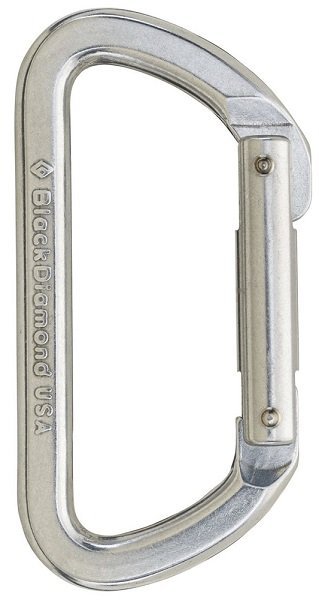

D shape carabiners have identical ends. Because of the symmetrical angled design, when weighted the load is placed towards the spine which is the strongest part of the carabiner. Hence D shape carabiners are the strongest compared to other shapes. However, the D shape carabiner has a smaller gate opening hence it is harder to clip and has less room for gear.
Pear shape


Pear shape carabiners or better known as HMS. HMS carabiners are normally larger in size and heavier compared to other carabiner shapes. However, it has a very wide basket with lots of room for gear. The extra room is also necessary when climbers need to tie a clove or munter hitch.


HMS carabiners have locking gate because it is mainly used for setting up anchors, belaying and abseiling.
Oval shape
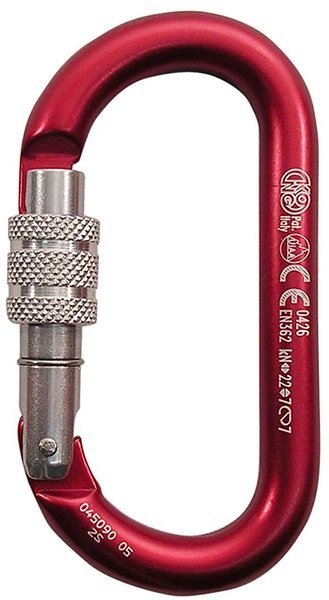

Oval shape carabiners have 2 identical curved ends. Because of the smooth curved shape, oval shape carabiners do not shift much as weight is centrally loaded. Oval shape carabiner also has a larger area to accommodate more gear compared to D shape carabiners.
Nose
The nose of the carabiner is where the gate engages when closed. There 2 types of nose design, the keylock and the notch design.
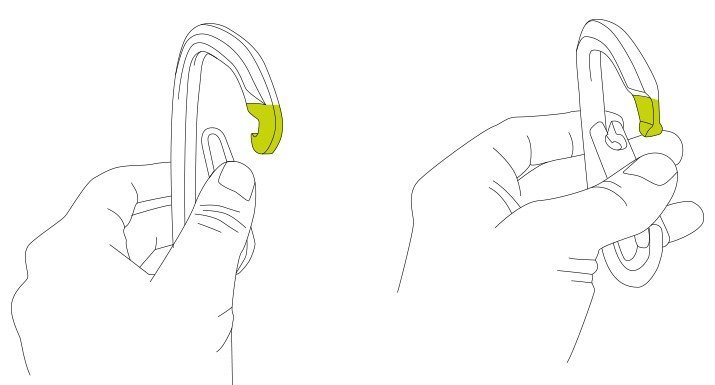

Notch
The Notch nose design has an incut groove which the gate will sit into when closed. The problem with the notch design is the incut groove at the nose has a tendency to snag bolt hangers and rope. This may result in potential gear failure.
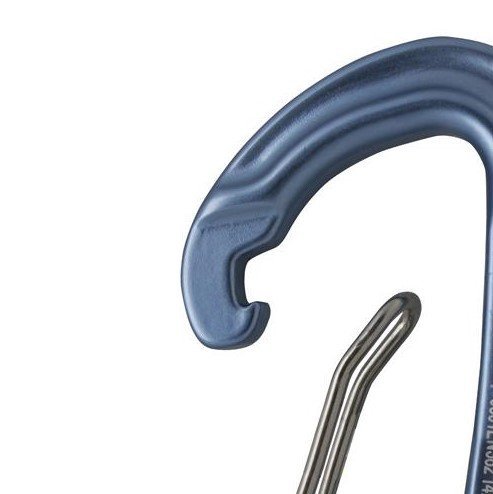

Keylock
Keylock nose has a specific shape design where the gate engages. The gate on the other hand will have a specific cavity design that will fit the shape of the nose when the gate is closed. The keylock design is smooth which will not result in snagging.
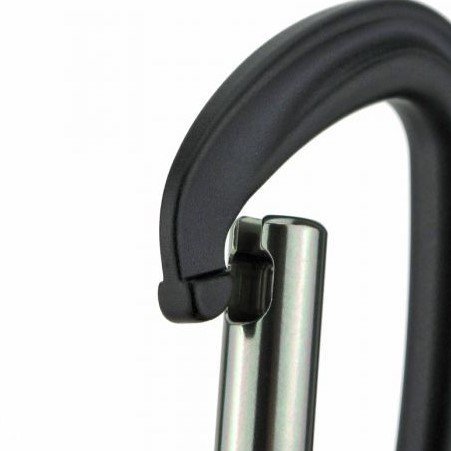

Gate
Locking gate
A carabiner with a locking gate is to prevent accidental unclipping. Locking the carabiner gate will ensure anything clipped into the carabiner is secure. Because, if the gate is open the carabiner strength will reduce drastically.
As for setting up anchors climbers need to use locking gate carabiners. Locking gate carabiners come in 2 variations, non-auto locking or auto-locking. Non-auto locking gate comes with a screw catch which requires the climber to manually turn the screw to lock the gate when in the closed position. For carabiners with an auto-locking gate, the gate will be locked automatically once it is in the closed position. The locking mechanism can be spring-loaded or magnetic. To open the gate climber will need to manually release the locking mechanism. It is very common for climbers to forget to lock their carabiners when belaying or setting up anchors, hence it is advantageous to use carabiners with an auto-locking gate.
Non-locking gate
Quickdraws and cams use non-locking gate carabiners because they are smaller in size and thus lighter than locking carabiners.
Solid gate
For solid gate carabiners, there are 2 types. Straight and bend gate. The main difference between the 2 is the wideness of the gap when the gate is open. A bend gate gives a wider opening when open thus it is easier to clip compared to a straight gate which has a narrower opening.


Wire gate
Carabiners with wire gate are lighter, easier to clip and less likely to jam compared to solid gate carabiner. However, a downside to wire gate carabiners is the notch design at the nose which has a tendency for snagging.


What you really need
- Belaying / Abseiling – Locking pear shape (HMS) carabiner
- Sport climbing quickdraws – Asymmetrical D shape carabiner with solid or wire gate
- Multipitch / Trad climbing quickdraws – Asymmetrical D shape carabiner with wire gate
- Personal Anchor System – Locking asymmetrical D shape carabiner
- Climbing Anchor – Locking asymmetrical D or D shape carabiner
- Anchor master point – Locking pear shape (HMS) carabiner

